
Vegan Glucosamine
Gensei is proud to offer premium Vegan glucosamine, a plant-based alternative to traditional glucosamine derived from shellfish. Our Vegan glucosamine is produced through an innovative fermentation process, ensuring a high-quality and effective ingredient for your joint health supplements. We are committed to providing the best vegan glucosamine available, catering to the growing demand for ethical and sustainable options. Our veg glucosamine is ideal for consumers seeking a shellfish-free and plant-derived solution for maintaining healthy joints and mobility. Choose Gensei as your trusted supplier for Vegan glucosamine and offer your customers a superior, environmentally conscious product.
Please note: We are a wholesale supplier and have minimum order quantities.
Have questions about this product? Our team is here to help. For inquiries about multiple ingredients, please use the Contact Us option and include the list of ingredients in your message.
Vegan Glucosamine CAS No.: 3416-24-8 (This CAS number is for D-Glucosamine, the base molecule, regardless of source. The vegan production method doesn’t typically change the CAS number of the final molecule)
Chemical Name: 2-Amino-2-deoxy-D-glucose
Synonyms:
- Chitosamine
- Glucosamin
- D-Glucosamine
CB Number: CB5307960
Molecular Formula: C₆H₁₃NO₅
Molecular Weight: 179.17 g/mol
MDL Number: MFCD00006429

Vegan Glucosamine Extraction Process
Select suitable plant raw materials (such as fungi)
Vegan Glucosamine emphasizes the use of non - animal sources. Fungi are one of the ideal choices. Some fungi, like Schizophyllum commune and Lentinula edodes, have cell walls rich in polysaccharides such as chitin, which can be converted into Glucosamine through a series of reactions. It is necessary to select fungal varieties with high polysaccharide content, short growth cycles, easy cultivation, and no toxicity.
Pretreat the raw materials to remove impurities
First, wash the collected fungal raw materials to remove dirt, dust, and other impurities on the surface. Then, crush the fungal raw materials into smaller particles to increase the contact area for the subsequent hydrolysis reaction and improve the reaction efficiency.
Use specific enzymes for hydrolysis reaction
Add specific enzymes, such as chitinase, to the pretreated raw materials. These enzymes can specifically act on the polysaccharides in the fungal cell walls and break them down into smaller molecular fragments. The hydrolysis reaction needs to be carried out under suitable conditions such as temperature and pH to ensure the enzyme activity and the smooth progress of the reaction.
Filter and separate the hydrolysis products
After the hydrolysis reaction is completed, use filtration equipment (such as filter paper and strainers) to filter out the solid residues in the reaction mixture, obtaining a liquid filtrate containing the target product. Then, methods such as centrifugal separation can be used to further separate different components in the filtrate and preliminarily purify the target product.
Purify through techniques such as chromatography
Chromatography is a commonly used separation and purification technique, such as ion - exchange chromatography and gel - filtration chromatography. By utilizing the differences in the distribution coefficients of different substances between the stationary phase and the mobile phase, the target product can be further separated from other impurities to obtain high - purity Vegan Glucosamine.
Dry the purified product
Use appropriate drying methods, such as vacuum drying and spray drying, to remove the moisture from the purified product and obtain stable solid - form Vegan Glucosamine. The temperature and time during the drying process need to be well - controlled to avoid affecting the quality of the product.
Finally, obtain the Vegan Glucosamine product
After the above - mentioned series of steps, a Vegan Glucosamine product that meets the quality standards is obtained. Subsequent treatments such as packaging and inspection can be carried out on the product, and then it can be launched into the market.
Our State-of-the-Art Manufacturing Facilities
Explore our modern facilities equipped with advanced technology to ensure the highest quality in the production of your vitamins, herbal extracts, minerals, and amino acids.
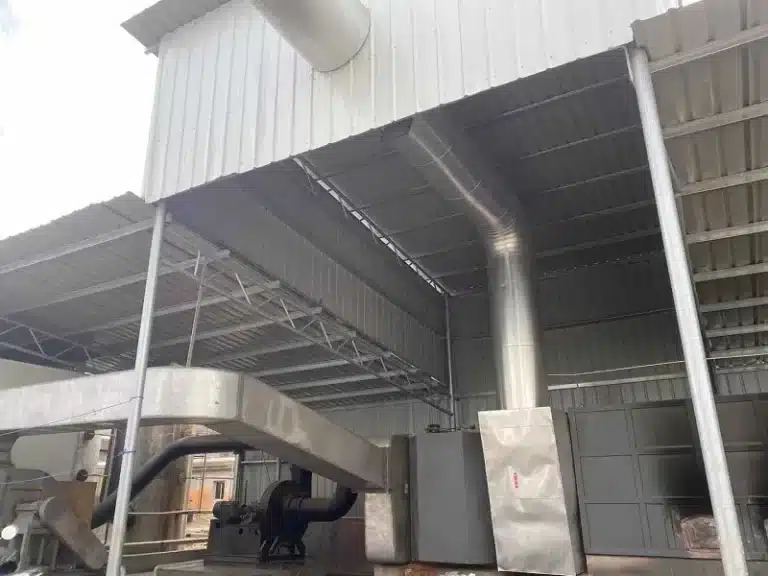

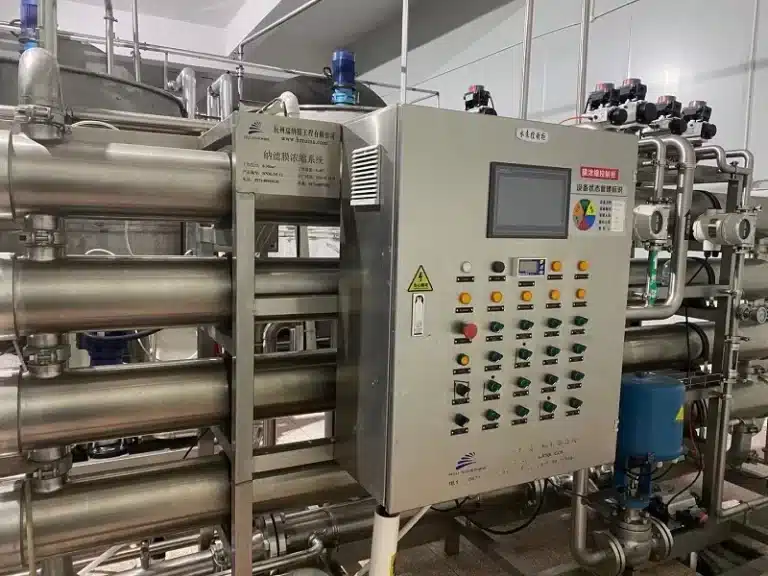
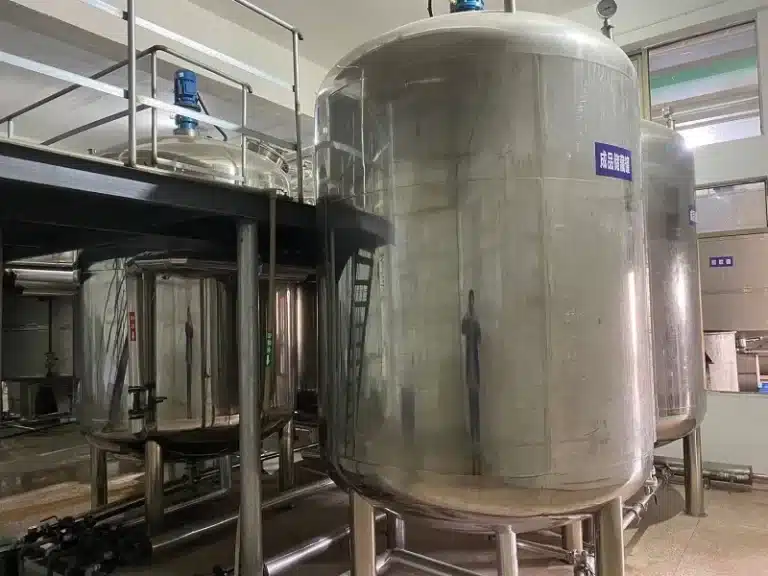
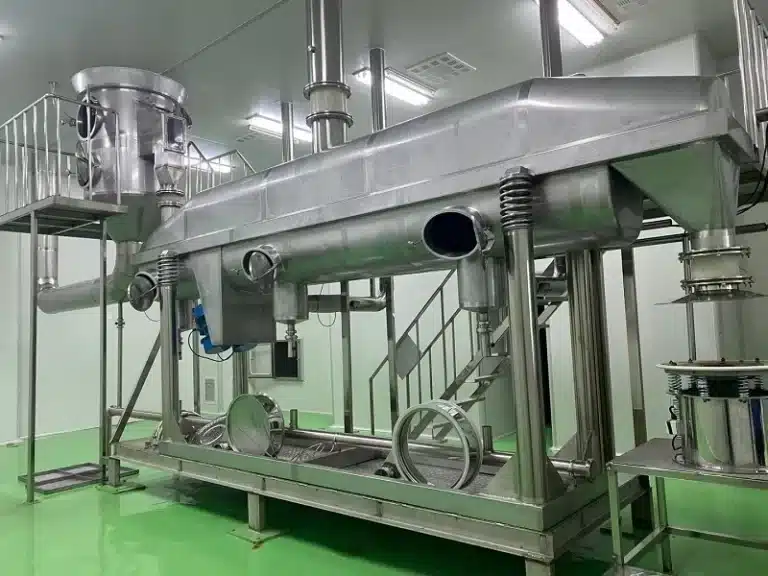
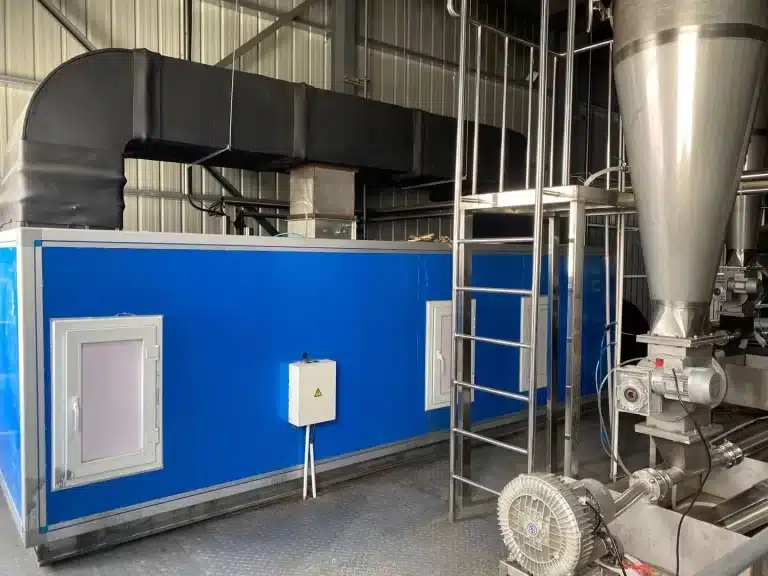
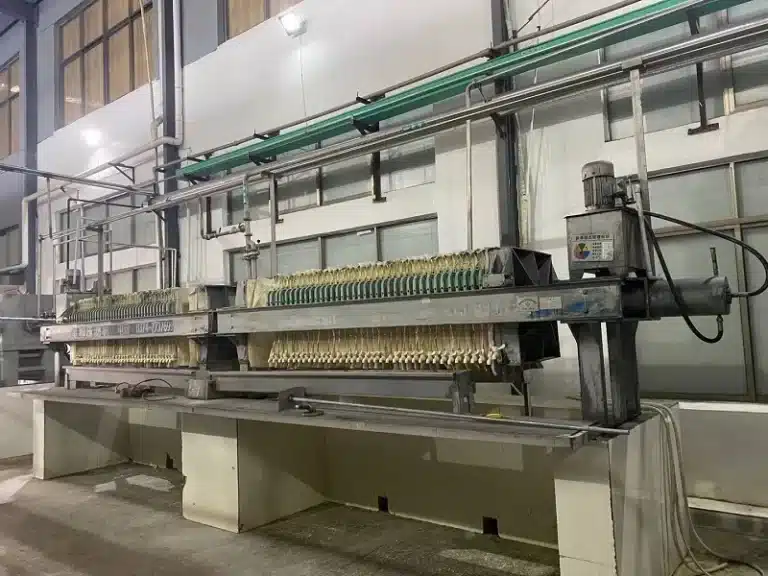
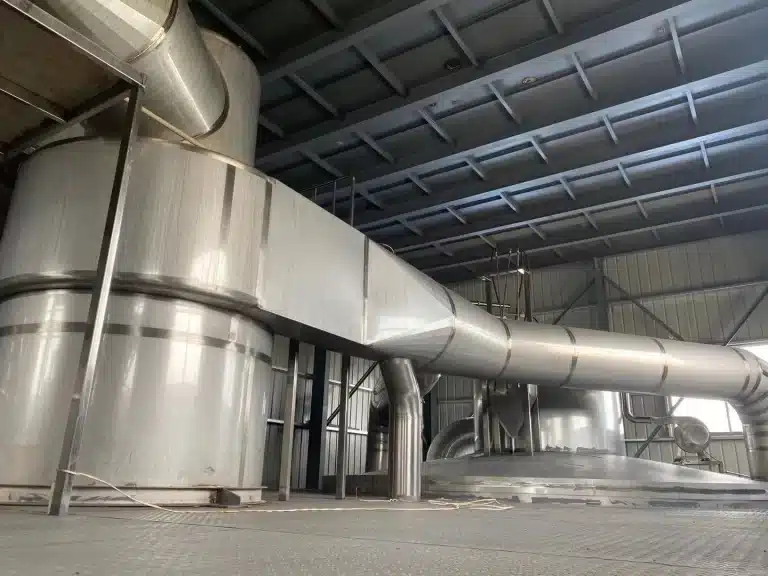
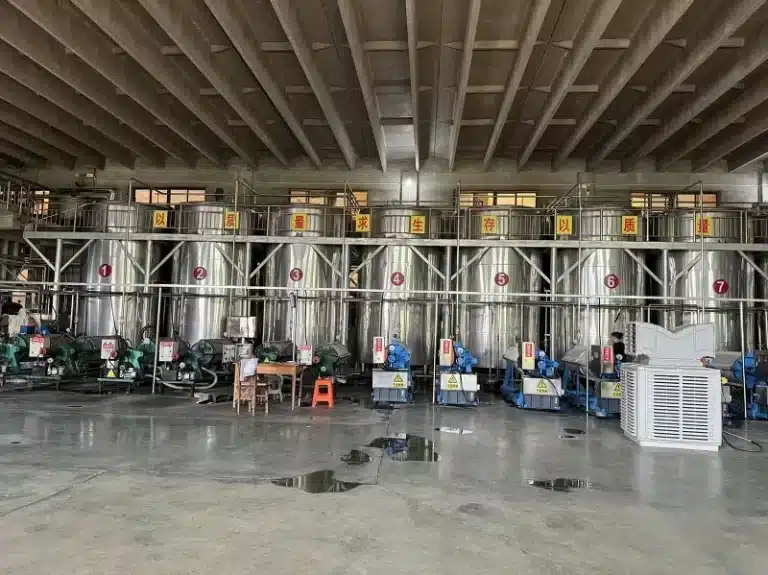


FAQs
Vegan glucosamine is a plant-based form of glucosamine, typically produced through the fermentation of corn or other grains. Traditional glucosamine is often derived from the shells of shellfish.
The benefits of vegan glucosamine are similar to those of traditional glucosamine, primarily supporting joint health, reducing symptoms of osteoarthritis, and promoting cartilage health. It's a suitable option for individuals who follow a vegan or vegetarian diet or have shellfish allergies.
Vegan glucosamine is made through a fermentation process where microorganisms ferment a plant-based substrate like corn. This process yields glucosamine that is chemically identical to glucosamine derived from shellfish but without any animal products.
Studies suggest that glucosamine derived from vegan sources is just as effective as glucosamine derived from shellfish in supporting joint health. The chemical structure of the glucosamine molecule is the same regardless of its origin.
Anyone looking for a joint health supplement who prefers a plant-based option, is allergic to shellfish, or follows a vegan or vegetarian diet can take vegan glucosamine.
Yes, vegan glucosamine is generally considered safe for most adults when taken at recommended dosages. However, it's always advisable to consult with a healthcare professional before starting any new supplement, especially if you have any underlying health conditions or are taking other medications.
The primary source of vegan glucosamine is the fermentation of plant-based ingredients like corn or rice.
No, vegan glucosamine is explicitly produced without the use of any shellfish or animal products.
Yes, vegan glucosamine, like traditional glucosamine, is often used to help manage symptoms of osteoarthritis, such as joint pain and stiffness, and to support cartilage health.
Side effects of vegan glucosamine are generally mild and similar to those of traditional glucosamine, such as mild digestive upset. However, individual reactions can vary.

